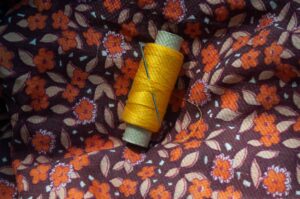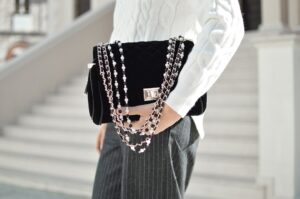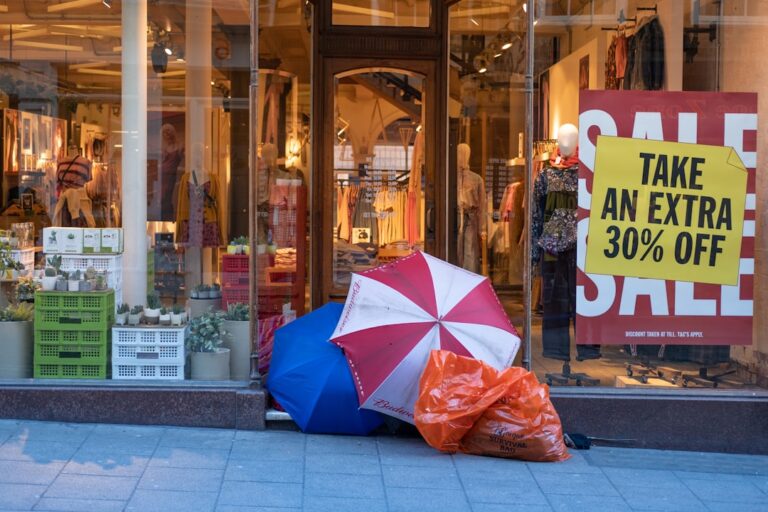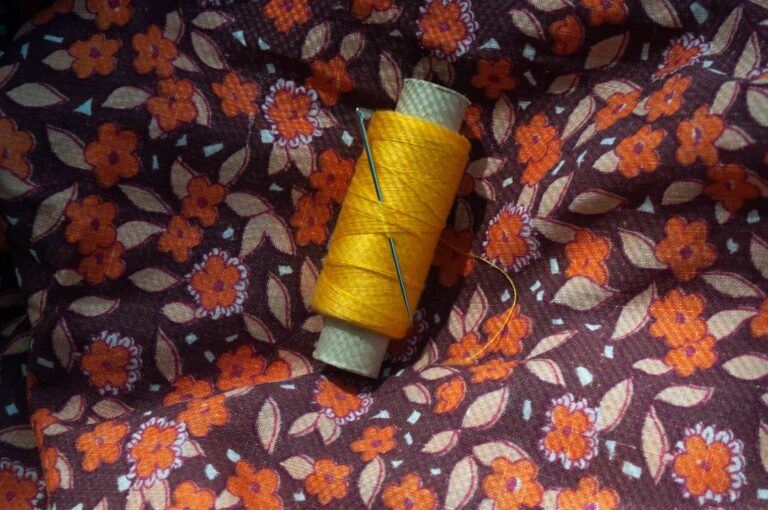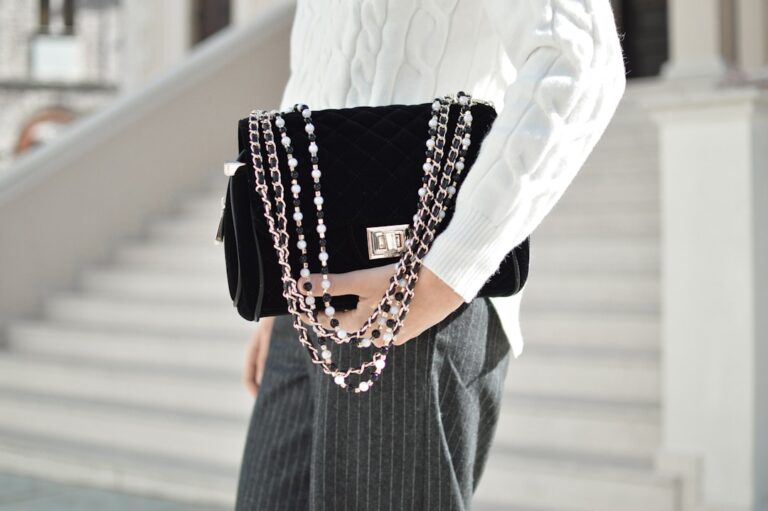Secondhand shopping has gained significant traction in recent years, evolving from a niche market into a mainstream phenomenon. This shift is largely driven by a growing awareness of environmental issues, economic considerations, and a desire for unique fashion pieces. The allure of secondhand shopping lies not only in the potential for substantial savings but also in the thrill of discovering one-of-a-kind items that tell a story.
As consumers become more conscious of their purchasing habits, the appeal of thrift stores, consignment shops, and online resale platforms has surged, making secondhand shopping an attractive alternative to fast fashion. The practice of buying pre-owned clothing is not merely a trend; it represents a fundamental change in how we view consumption and sustainability. With the fashion industry being one of the largest polluters globally, secondhand shopping offers a viable solution to mitigate waste and reduce our carbon footprint.
By choosing to buy secondhand, consumers are not only saving money but also contributing to a circular economy that prioritizes reuse and recycling. This article delves into various aspects of secondhand shopping, providing insights and practical tips for those looking to embrace this sustainable practice.
Key Takeaways
- Secondhand shopping offers a sustainable and budget-friendly way to update your wardrobe.
- Look for high-quality fabrics and timeless styles when shopping for secondhand clothing.
- When shopping at thrift stores, be patient and be prepared to dig through racks to find hidden gems.
- Online secondhand shopping platforms offer a wide selection and convenient shopping experience.
- Understanding sizing and fit is crucial when shopping for secondhand clothing to ensure a good fit.
Finding Quality Secondhand Clothing
Look for Quality Fabrics and Construction
High-quality fabrics like wool, silk, and cotton tend to last longer than synthetic alternatives. Examining the construction of garments, such as stitching, seams, and zippers, can provide valuable clues about their longevity.
Explore Curated Selections
Vintage shops often carry items that have been carefully chosen for their appeal and condition. Consignment stores may offer higher-end brands at reduced prices. Online platforms like Poshmark or ThredUp allow users to filter searches based on brand, size, and condition, making it easier to find quality pieces without sifting through an overwhelming amount of inventory.
Build a Lasting Wardrobe
By honing your skills in identifying quality items, you can build a wardrobe that not only looks good but also lasts.
Tips for Shopping at Thrift Stores
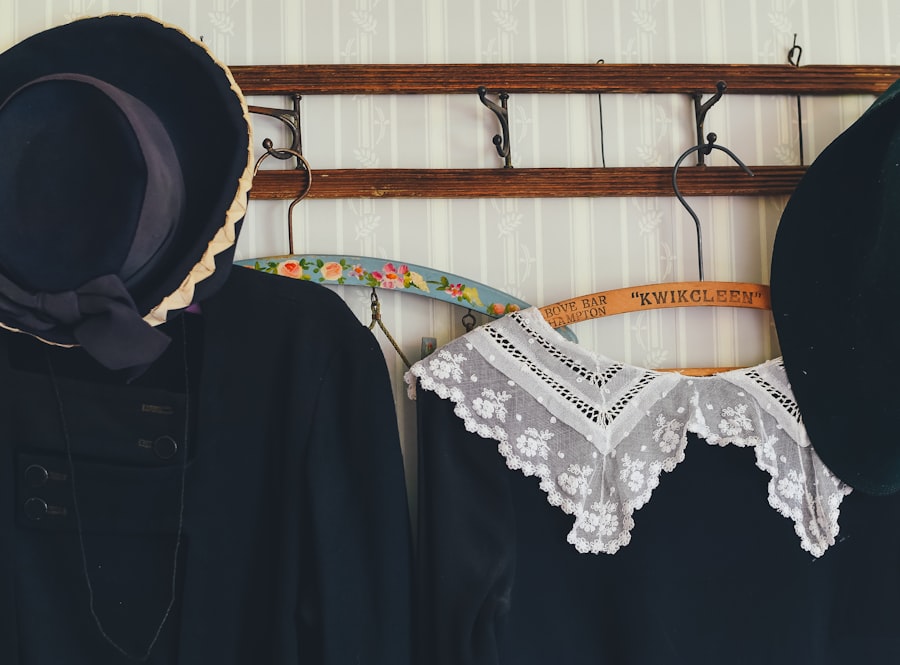
Thrift stores can be treasure troves for those willing to invest time and effort into their shopping experience. One of the most effective tips for navigating these stores is to visit frequently and at different times. Inventory at thrift stores changes regularly, so what may not catch your eye today could be a hidden gem tomorrow.
Additionally, shopping during off-peak hours can provide a more relaxed environment, allowing you to browse without feeling rushed or overwhelmed by crowds. When shopping at thrift stores, it’s beneficial to have a strategy in place. Start by focusing on specific sections that align with your needs or interests, whether it be clothing, accessories, or home goods.
It can also be helpful to bring along a list of items you’re looking for or styles you want to explore. This focused approach can prevent impulse buys and help you stay on track. Furthermore, don’t hesitate to try things on; thrift store sizing can vary significantly from brand to brand, and what looks good on the rack may not always translate well when worn.
Online Secondhand Shopping
| Metrics | Data |
|---|---|
| Number of Online Secondhand Shoppers | Over 70 million |
| Market Size | Estimated at 28 billion |
| Popular Platforms | ThredUp, Poshmark, eBay |
| Environmental Impact | Reduces carbon footprint by reusing clothing |
The rise of online secondhand shopping has revolutionized the way consumers approach thrift shopping. Platforms such as eBay, Depop, and Mercari have made it easier than ever to buy and sell pre-owned clothing from the comfort of one’s home. These platforms often feature user-friendly interfaces that allow shoppers to filter searches by size, brand, price range, and condition.
This convenience opens up a world of possibilities for finding unique pieces that may not be available locally. However, online secondhand shopping does come with its own set of challenges. One major concern is the inability to physically inspect items before purchase.
To mitigate this risk, it’s crucial to read product descriptions thoroughly and examine seller ratings and reviews. High-quality photos from multiple angles can also provide insight into the item’s condition. Additionally, many platforms offer return policies that can provide peace of mind when making purchases.
By being diligent in your online shopping practices, you can enjoy the benefits of secondhand fashion without compromising on quality or fit.
How to Spot a Good Deal
Identifying a good deal in the realm of secondhand shopping requires a keen eye and an understanding of value. One effective method is to research the original retail price of items you’re interested in purchasing. This knowledge allows you to gauge whether a secondhand item is truly a bargain or simply overpriced due to its vintage status or brand name.
Many thrift stores also have sales or discount days that can further enhance your savings; knowing when these occur can lead to significant reductions on already low prices. Another way to spot a good deal is by considering the versatility of an item. A piece that can be styled in multiple ways or worn for various occasions offers greater value than something that may only serve a single purpose.
For instance, a classic blazer can be dressed up for formal events or paired with jeans for a casual outing, making it a worthwhile investment even if it comes with a slightly higher price tag. Ultimately, understanding what constitutes a good deal involves assessing both the monetary value and the potential utility of an item.
Understanding Sizing and Fit
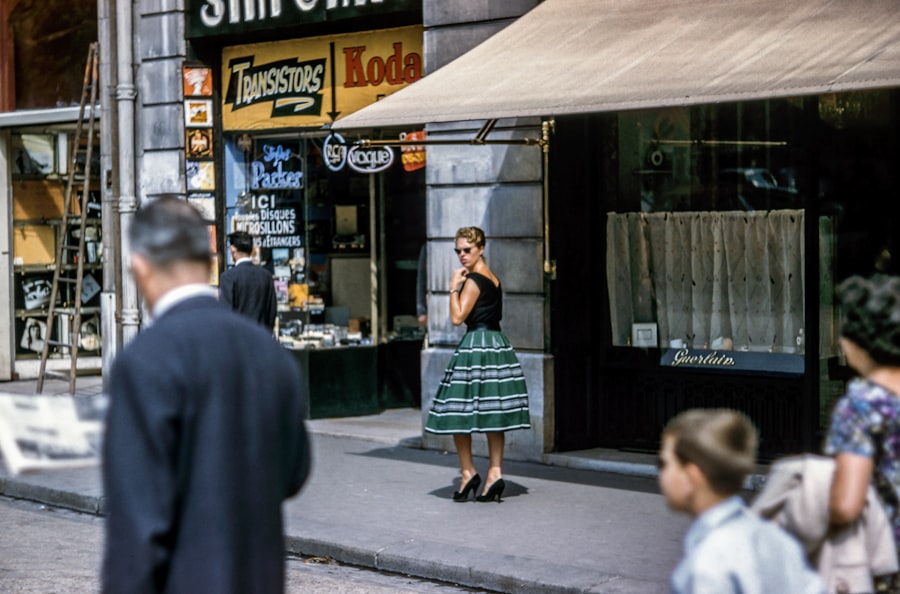
Know Your Measurements
Unlike new clothing that adheres to standardized sizing charts, secondhand items often reflect the sizing conventions of their era or brand, which can vary widely. To combat this issue, it’s essential to familiarize yourself with your measurements and keep them handy while shopping. Knowing your bust, waist, hip measurements, and inseam can help you make informed decisions when trying on or purchasing items online.
Try Before You Buy (or Ask the Seller)
When trying on secondhand clothing in-store, take your time to assess how each piece fits your body shape. Pay attention to areas such as shoulders, bust, waistline, and length; these factors can significantly impact how flattering an item will be when worn. If you’re shopping online and unsure about sizing, consider reaching out to sellers for additional measurements or fit advice. Many sellers are happy to provide this information to ensure customer satisfaction.
Empowered Shopping
Understanding sizing nuances will empower you to make better choices and reduce the likelihood of returns. By being aware of your measurements and taking the time to assess the fit of secondhand items, you can shop with confidence and find great pieces that fit and flatter your body.
Cleaning and Caring for Secondhand Clothes
Once you’ve successfully acquired secondhand clothing, proper cleaning and care are essential to maintain their quality and longevity. The first step is always to check the care label for specific washing instructions; however, many vintage or thrifted items may lack these labels due to age. In such cases, it’s wise to err on the side of caution by opting for gentle washing methods.
Hand washing delicate fabrics or using cold water cycles can help preserve colors and prevent damage. In addition to washing techniques, consider investing in fabric-specific care products such as wool wash or gentle detergents designed for delicate items. For garments that require dry cleaning, seek out eco-friendly dry cleaning options that minimize chemical use.
Regular maintenance such as steaming instead of ironing can also help keep clothes looking fresh without risking damage from high heat. By adopting thoughtful cleaning practices, you can extend the life of your secondhand finds while ensuring they remain in excellent condition.
Repurposing and Upcycling Secondhand Finds
The creativity involved in repurposing and upcycling secondhand clothing adds another layer of enjoyment to the shopping experience. Many individuals have turned their thrifted finds into unique pieces through simple alterations or DIY projects. For example, an oversized shirt can be transformed into a trendy crop top with just a few cuts and stitches, while an old pair of jeans can be turned into stylish shorts or even a bag with some sewing skills.
Upcycling not only allows you to personalize your wardrobe but also contributes positively to sustainability efforts by reducing waste. There are countless online tutorials available that guide individuals through various upcycling projects tailored for different skill levels. Engaging in these creative endeavors not only enhances your wardrobe but also fosters a sense of accomplishment as you breathe new life into pre-loved items.
Incorporating Secondhand Pieces into Your Wardrobe
Integrating secondhand pieces into your existing wardrobe can be both fun and rewarding. The key lies in understanding how these unique items complement your personal style while enhancing your overall aesthetic. Start by identifying staple pieces in your wardrobe that serve as versatile foundations—such as classic jeans or neutral tops—and look for secondhand items that add character without clashing with your established style.
Layering is an effective technique for incorporating secondhand finds into everyday outfits. A vintage scarf can elevate a simple t-shirt and jeans ensemble while adding texture and color. Similarly, statement accessories like bold earrings or unique handbags sourced from thrift stores can transform even the most basic outfits into eye-catching looks.
By thoughtfully curating your wardrobe with secondhand pieces, you create a distinctive style that reflects your personality while promoting sustainable fashion practices.
Supporting Sustainable Fashion Practices
Embracing secondhand shopping goes hand-in-hand with supporting sustainable fashion practices that prioritize ethical consumption and environmental responsibility. The fast fashion industry has been criticized for its detrimental impact on both people and the planet; by choosing secondhand options instead, consumers actively participate in reducing demand for new production processes that often exploit labor and resources. Moreover, many thrift stores contribute directly to charitable causes or community initiatives, further amplifying the positive impact of secondhand shopping.
By purchasing from these establishments, shoppers not only find unique items but also support local communities and charitable organizations dedicated to various social issues. This dual benefit underscores the importance of making conscious choices when it comes to fashion consumption—choices that align with values centered around sustainability and social responsibility.
Embracing Secondhand Shopping
As we navigate an increasingly consumer-driven world, embracing secondhand shopping emerges as a powerful statement against wastefulness and environmental degradation. The journey through thrift stores and online marketplaces offers not just financial savings but also an opportunity for self-expression through unique fashion finds. By honing skills in identifying quality pieces, understanding sizing nuances, and incorporating creativity through upcycling, individuals can cultivate wardrobes that reflect their personal style while championing sustainable practices.
The act of choosing pre-owned clothing transcends mere economic benefits; it embodies a commitment to mindful consumption that resonates with broader societal values regarding sustainability and ethical responsibility. As more people recognize the significance of their purchasing decisions, the movement towards secondhand shopping continues to grow—transforming not only individual wardrobes but also contributing positively to our planet’s future.
